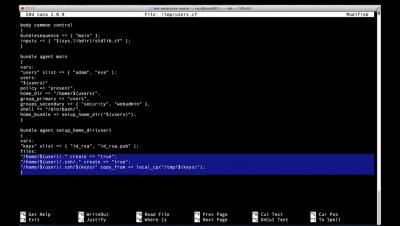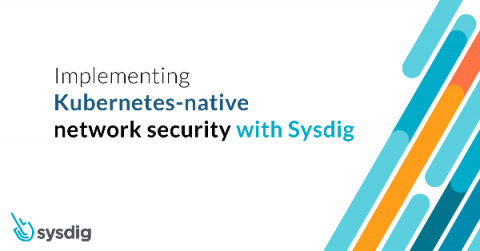Operations | Monitoring | ITSM | DevOps | Cloud
Security
The latest News and Information on CyberSecurity for Applications, Services and Infrastructure, and related technologies.
Why Cybersecurity Depends on the CDM Integration Layer
When you take a close look at the Continuous Diagnostics and Mitigation (CDM) function at the heart of a successful cybersecurity program, you quickly realize that it all depends on integration. It isn’t that the individual components of the program aren’t absolutely essential. But with cyber-attacks gaining in number and sophistication, the true power of CDM is in the ability to overlay multiple datasets to create a single lens for tracking, assessing, and responding to threats.
5 user behavioral patterns to look out for in a decentralized workspace
Problem: If there are thousands of employees scattered around hundreds of places, how do you keep your organization’s network safe? Solution: You should monitor your employees wherever they’re located, and devise a standard baseline of their behavior through machine learning techniques. By using that information, you can identify anomalies and protect your network from cyberattacks.
Sysdig Introduces Low-Touch Zero Trust Network Security for Kubernetes
Sysdig and IBM Embed Sysdig Secure for Container Security
Container security on IBM Cloud
If you’re running containers and Kubernetes on IBM Cloud, you can now enable the key security workflows of Sysdig Secure as a service within your IBM Cloud deployments. This makes it easier for you to implement security tools and policies to ensure your containers and your Kubernetes environment are protected and running as intended. The new container and Kubernetes security features are integrated into IBM Cloud Monitoring with Sysdig and offered as an additional service plan.
Kubernetes network policies with Sysdig
Microservices and Kubernetes have completely changed the way we reason about network security. Luckily, Kubernetes network security policies (KNP) are a native mechanism to address this issue at the correct level of abstraction. Implementing a network policy is challenging, as developers and ops need to work together to define proper rules. However, the best approach is to adopt a zero trust framework for network security using Kubernetes native controls.









